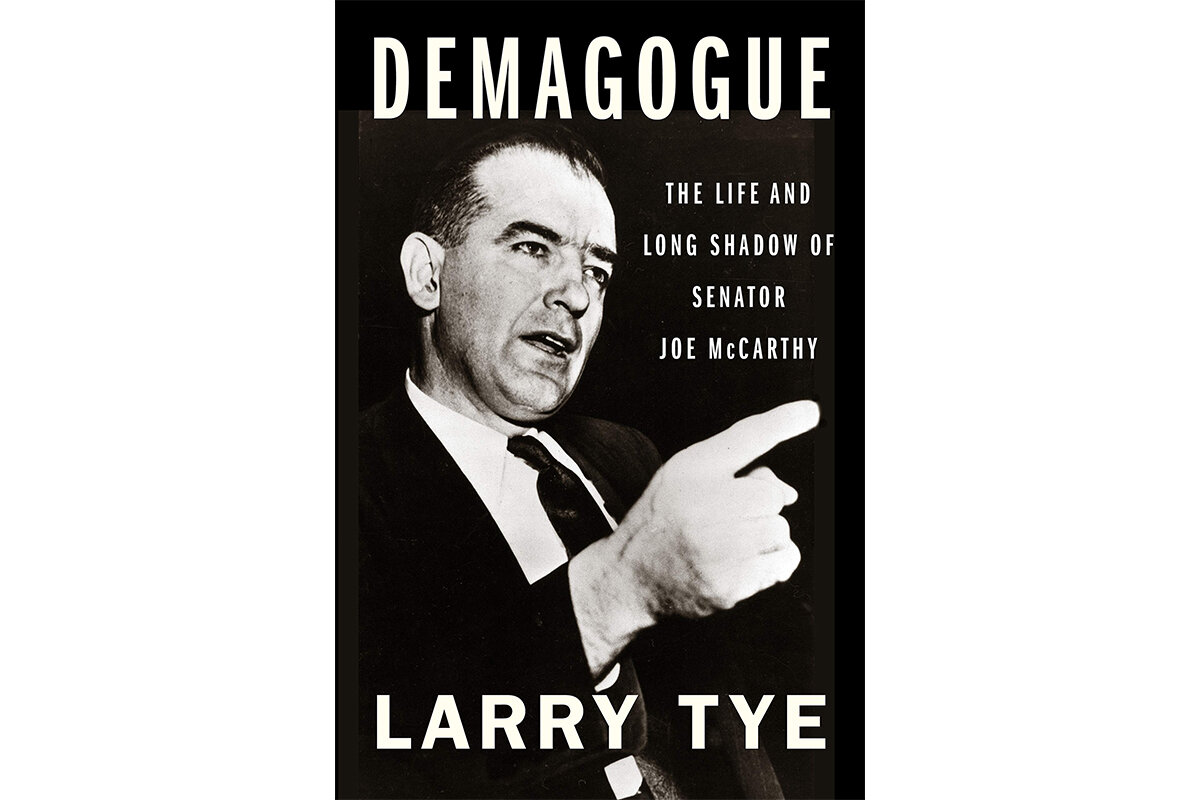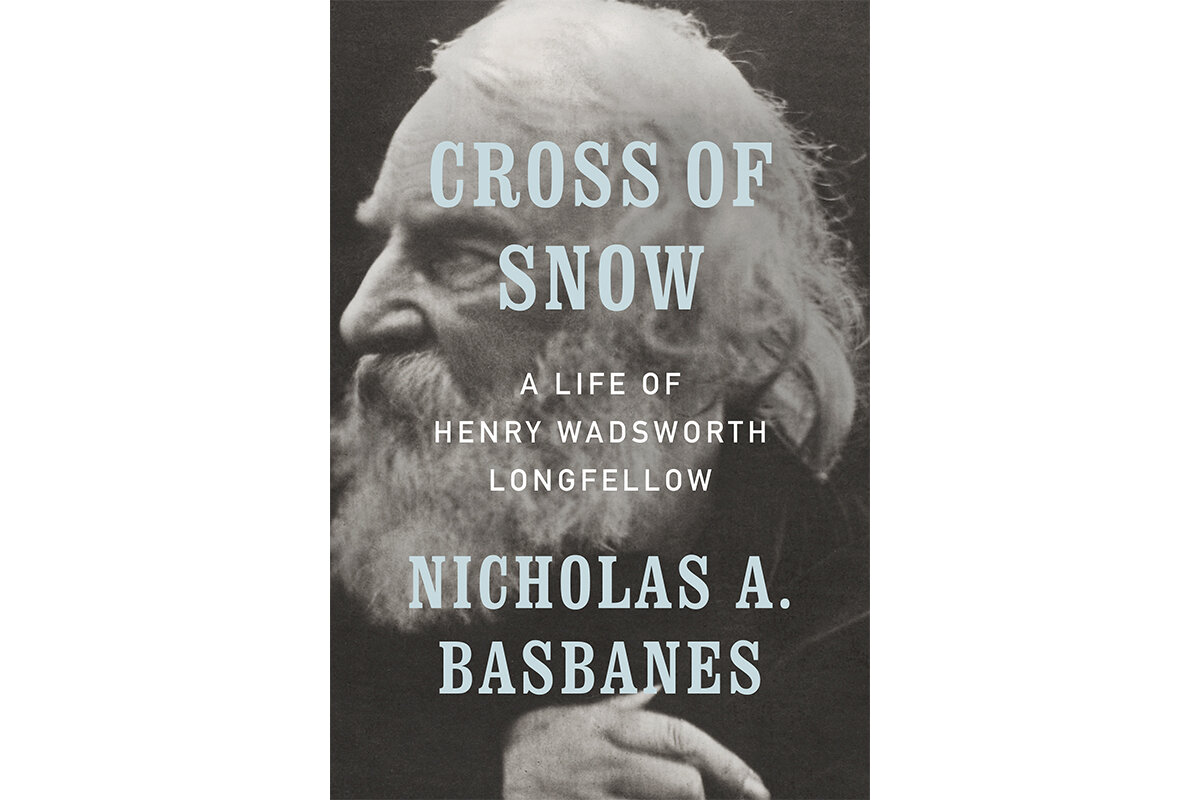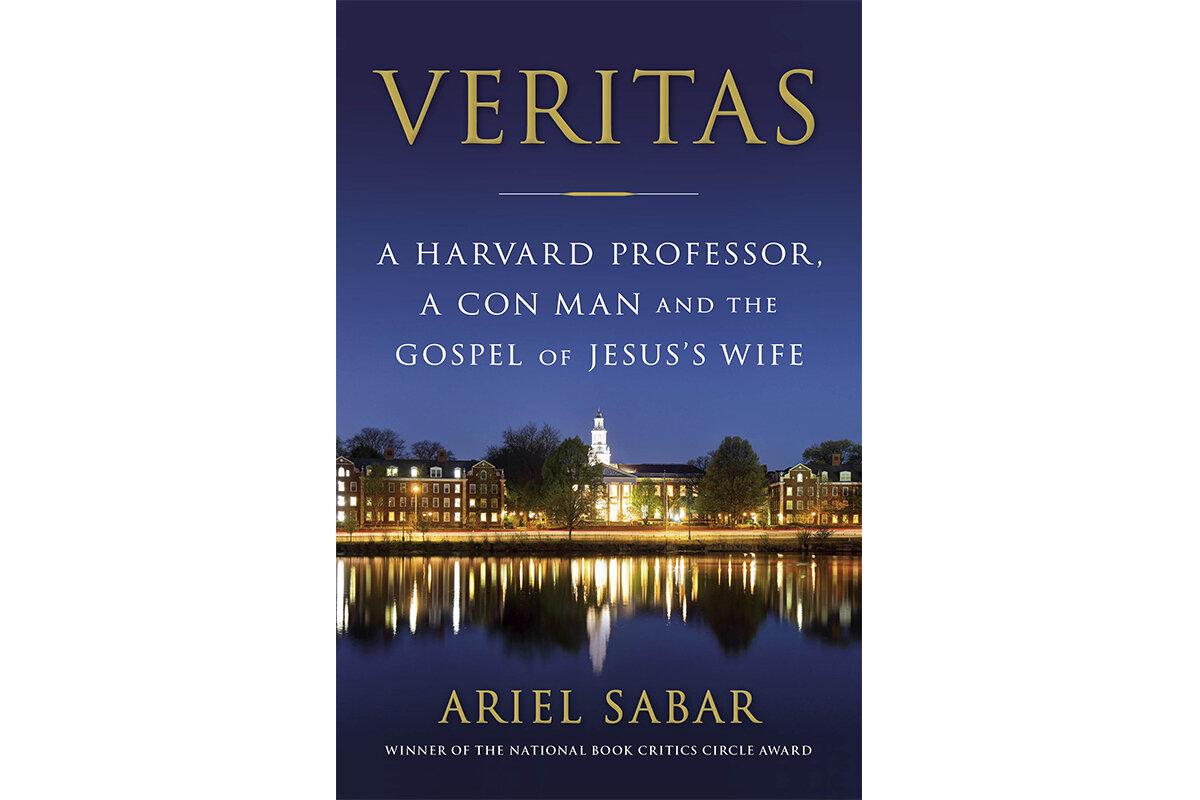The best nonfiction books of 2020 offer wisdom and insight
Loading...
Curious minds deserve insightful books, and there was no shortage of excellent titles this year. Here is the Monitor’s list of superlative nonfiction books published in 2020, from histories to memoirs and everything in between.
“Caste” by Isabel Wilkerson
In her stirring follow-up to “The Warmth of Other Suns,” Pulitzer Prize-winning journalist Isabel Wilkerson persuasively argues that racism alone does not explain America’s social divisions. Rather, the United States ought to be understood as having a race-based caste system, one whose hierarchies, though artificial, are remarkably enduring.
“Demagogue” by Larry Tye
Bestselling biographer Larry Tye writes a long and comprehensive biography of Sen. Joseph McCarthy, the polarizing spearhead of the Red Scare of the 1950s and – Tye contends – the origin of some disturbing features in our 21st-century political landscape.
“Warhol” by Blake Gopnik
“In the future, everyone will be world-famous for 15 minutes,” Andy Warhol is credited with saying. But there is nothing fleeting about his legacy as an artist, filmmaker, and self-created pop-culture phenomenon. His life and work are examined in detail in Blake Gopnik’s biography. Warhol devotees will rejoice, and more casual readers will receive an education in all things Andy.
“Union” by Colin Woodard
Colin Woodard tells not the story of how America became a nation, but rather of how America crafted its own version of its national history, and how that national mythology has changed over the decades.
“Stories of the Sahara” by Sanmao
As a Chinese woman born in 1943, Sanmao was a pioneering global citizen. These 20 essays about living in one of the harshest areas of the world in the 1970s are testimony to her audacity and courage.
“Just Us” by Claudia Rankine
Claudia Rankine follows her prize-winning “Citizen: An American Lyric” with a brilliant and timely examination of whiteness in America. This consciousness-raising, bravura combination of personal essays, poems, photographs, and cultural commentary works on so many levels and is a skyscraper in the literature on racism.
“Dark Mirror” by Barton Gellman
Pulitzer Prize-winning journalist Barton Gellman writes an insider account of the breaking of Edward Snowden’s story and its wider implications for the modern world, all told in prose as gripping as a spy thriller.
“Cross of Snow” by Nicholas A. Basbanes
The poems of Henry Wadsworth Longfellow aren’t in fashion today, but in the first major biography of the fabled New England poet in many years, Nicholas A. Basbanes argues that Longfellow is making a comeback. His exhaustively researched account of Longfellow’s career should give that reappraisal a boost.
“Becoming Wild” by Carl Safina
Carl Safina looks at three species – the sperm whale, the scarlet macaw, and the chimpanzee – to chart all the ways they build and sustain their societies. He explores how those cultures echo and differ from our own.
“The Golden Thread” by Ravi Somaiya
U.N. Secretary-General Dag Hammarskjöld was negotiating an end to the Congolese civil war when he died in a plane crash in 1961. To this day, many believe he was assassinated. Journalist Ravi Somaiya explores one of the most compelling mysteries of the Cold War in this grim and absorbing book.
“Abe” by David S. Reynolds
Abraham Lincoln had less than a year of formal education; he has often been portrayed as inexperienced and unprepared to lead. David S. Reynolds’ monumental, reverential biography rejects that narrative, arguing that Lincoln’s immersion in the high and low culture of 19th-century America, along with his deep moral convictions, equipped him to steer the Union through the Civil War.
“Eleanor” by David Michaelis
This riveting, cinematic biography of America’s longest-serving first lady spans Eleanor Roosevelt’s lonely childhood, her frosty marriage to FDR, their White House years, her intimate relationships outside their marriage, and her widowhood, during which she became an advocate for human rights.
“Veritas” by Ariel Sabar
In 2012, a religion scholar announced a discovery: an ancient papyrus fragment that suggested that Jesus Christ and Mary Magdalene may have been married. Expanding on his 2016 article for The Atlantic, Ariel Sabar digs into the story of the papyrus and the couple who tried to pass it off as real.
“The Adventurer’s Son” by Roman Dial
Renowned biologist and explorer Roman Dial searches for his 27-year-old son, who has gone missing in the jungles of Costa Rica. Part memoir, part mystery, “The Adventurer’s Son” is a story of a father’s love – for his son, and for the natural world.











